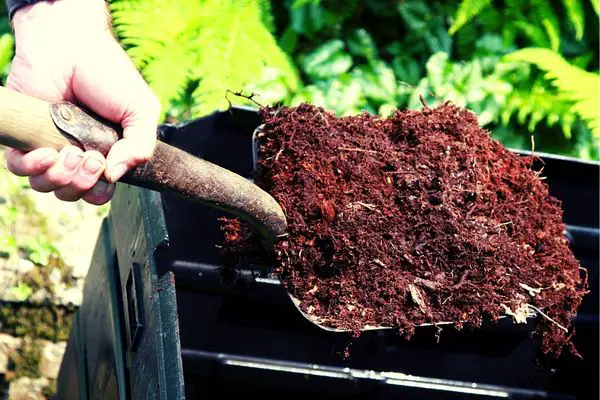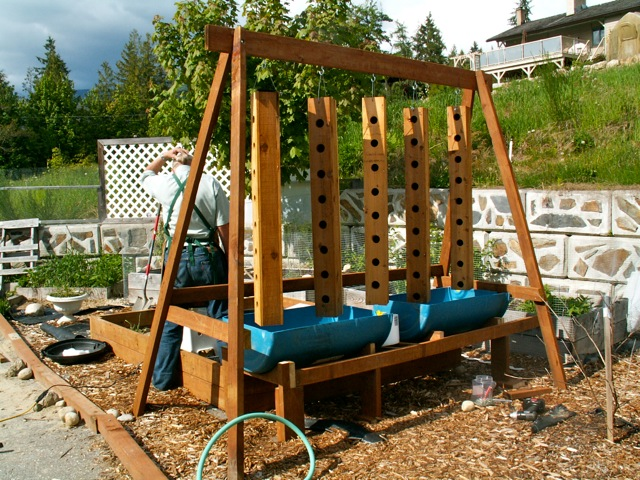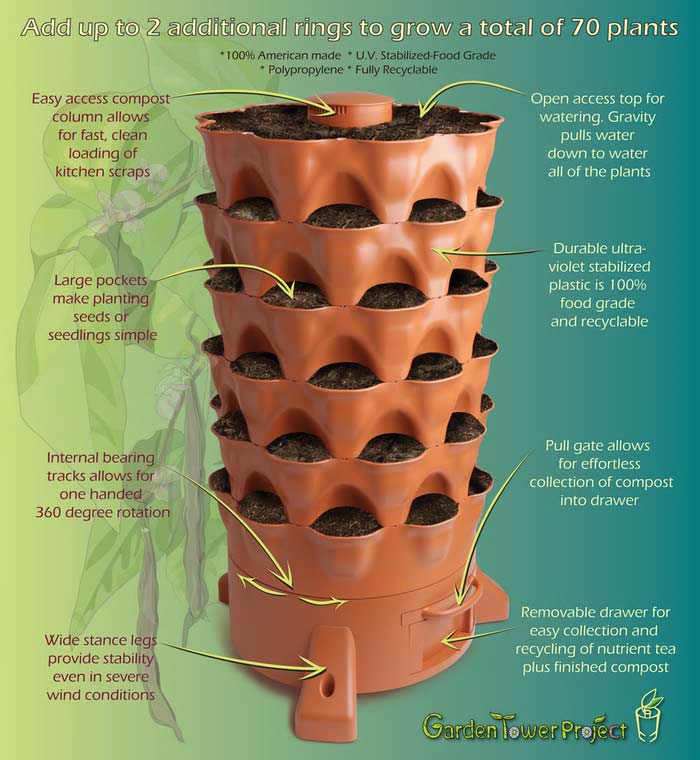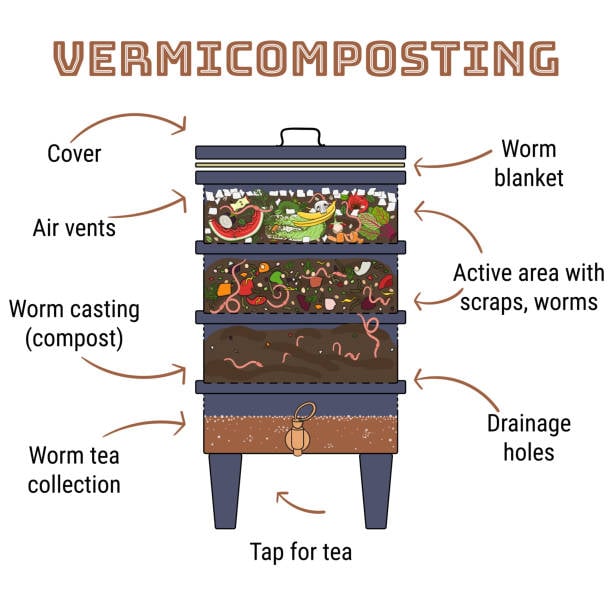The Best Worm Farm For Beginners In
Introduction
Worm farming is a great way to reduce your food waste, improve your soil, and even start your own compost business. If you're a beginner, it can be a little daunting to know where to start. There are so many different worm farms on the market, and it can be hard to know which one is right for you.
In this blog post, I'll share some tips on how to choose the best worm farm for beginners in [Your City]. I'll also discuss the different types of worm farms available, and I'll provide some recommendations for specific worm farms that I've found to be effective.
Types of Worm Farms
There are three main types of worm farms:
- Bin worm farms are the most common type of worm farm. They're typically made of plastic or wood, and they have a number of compartments that allow you to separate the different stages of the worm composting process.
- Tray worm farms are similar to bin worm farms, but they're made up of a series of trays that can be stacked on top of each other. This makes them a good option for people who don't have a lot of space.
- Vermicomposting tumblers are a type of worm farm that's designed to be rotated. This helps to keep the worms and their bedding aerated, which is important for keeping them healthy.
Choosing the Right Worm Farm for You
When choosing a worm farm, there are a few factors you'll need to consider:
- Size: How much space do you have? If you're limited on space, you'll want to choose a smaller worm farm.
- Materials: What materials are you comfortable with? Some people prefer plastic worm farms, while others prefer wood or metal.
- Price: How much are you willing to spend? Worm farms can range in price from a few dollars to several hundred dollars.
- Features: What features are important to you? Some worm farms have features like aeration systems or drainage trays.
Recommendations
Here are a few worm farms that I recommend for beginners:
- Wormseat Worm Farm: This is a great option for people who are looking for a basic and affordable worm farm. It's made of plastic, and it has three compartments.
- Uncle Jim's Worm Farm Tower: This is a larger worm farm that's perfect for people who have a lot of food scraps to compost. It has four compartments, and it comes with a drainage tray.

- Vermiculture Tumbler: This is a great option for people who want a worm farm that's easy to maintain. It's made of plastic, and it has a built-in aeration system.
Conclusion
Choosing the best worm farm for beginners can be a daunting task, but it doesn't have to be. By considering your needs and budget, you can find a worm farm that's perfect for you.
I hope this blog post has helped you to learn more about worm farming and how to choose the best worm farm for beginners in [Your City]. If you have any questions, please feel free to leave a comment below.
If you're interested in learning more about the best worm farm for your needs, I recommend visiting Home Gardening. This website has a comprehensive guide to worm farming, including information on different types of worm farms, how to set up a worm farm, and how to care for your worms.
FAQ of best worm farm
- What is the best type of worm farm for beginners?
There are many different types of worm farms available, but some of the best for beginners include:
* The Worm Factory 360: This is a popular and well-designed worm bin that is easy to set up and maintain.
* The Hungry Bin: This is a larger and more efficient worm farm that is perfect for those who want to produce a lot of compost.
* The Hot Frog Living Composter: This worm farm is designed for indoor use and is perfect for those who live in apartments or small homes.
- What are the most important factors to consider when choosing a worm farm?
When choosing a worm farm, there are a few factors you should consider, including:
* The size of your household: If you have a small household, you may not need a large worm farm. However, if you have a large household or you plan on composting a lot of food scraps, you will need a larger worm farm.
* The space you have available: Worm farms can take up some space, so you need to make sure you have enough room for the type of worm farm you want.
* The climate you live in: If you live in a hot climate, you will need a worm farm that is designed to withstand the heat.
* Your budget: Worm farms can range in price from a few dollars to several hundred dollars. Choose a worm farm that fits your budget.
- How do I set up a worm farm?
Setting up a worm farm is relatively easy. Here are the basic steps involved:
1. Choose a location for your worm farm. The location should be shady and cool.
2. Gather your materials. You will need a worm bin, worms, bedding, and food scraps.
3. Set up your worm bin. Follow the instructions that came with your worm bin.
4. Add your worms and bedding.
5. Start adding food scraps.
- How do I care for my worm farm?
Once your worm farm is set up, you need to care for it properly. Here are some tips for caring for your worm farm:
* Add food scraps regularly.
* Keep the worm bin moist.
* Turn the worm bin every few weeks.
* Harvest your compost when it is ready.
- What are some common problems with worm farms?
There are a few common problems that can occur with worm farms, including:
* Overfeeding: If you overfeed your worms, they will not be able to eat all of the food and it will start to rot.
* Drying out: If your worm bin dries out, the worms will not be able to survive.
* Fruit flies: Fruit flies can be a problem if you are not careful about what you feed your worms.
- How do I troubleshoot problems with my worm farm?
If you are having problems with your worm farm, there are a few things you can do to troubleshoot the problem:
* Check the moisture level. If the worm bin is too dry, add some water.
* Check the food scraps. Make sure you are not overfeeding your worms.
- What are the benefits of having a worm farm?
There are many benefits to having a worm farm, including:
* Worms can help to reduce food waste.
* Worm castings are a great source of fertilizer.
* Worm farms can be a fun and educational project for kids.
Image of best worm farm
- Plastic worm bin: This is a simple and affordable option that is easy to set up and maintain.
- Vermicomposting tumbler: This is a more efficient option that allows you to turn the bin to aerate the compost and speed up the decomposition process.

- Bed system: This is a more traditional option that uses a series of trays to create a layered composting system.

- Bokashi bucket: This is a unique option that uses a fermentation process to break down food scraps.
- Underground worm farm: This is a more permanent option that is buried in the ground.

- Window box worm farm: This is a small and portable option that can be placed on a windowsill or patio.

- Aquaponics system: This is a more advanced option that combines worm composting with aquaculture to grow fish and plants.

- Vertical worm farm: This is a space-saving option that stacks trays on top of each other.

- Rafting worm farm: This is a unique option that uses a floating raft to support the worm bin.

- DIY worm farm: This is an option for those who want to create their own worm farm from scratch.


Post a Comment for "The Best Worm Farm For Beginners In "